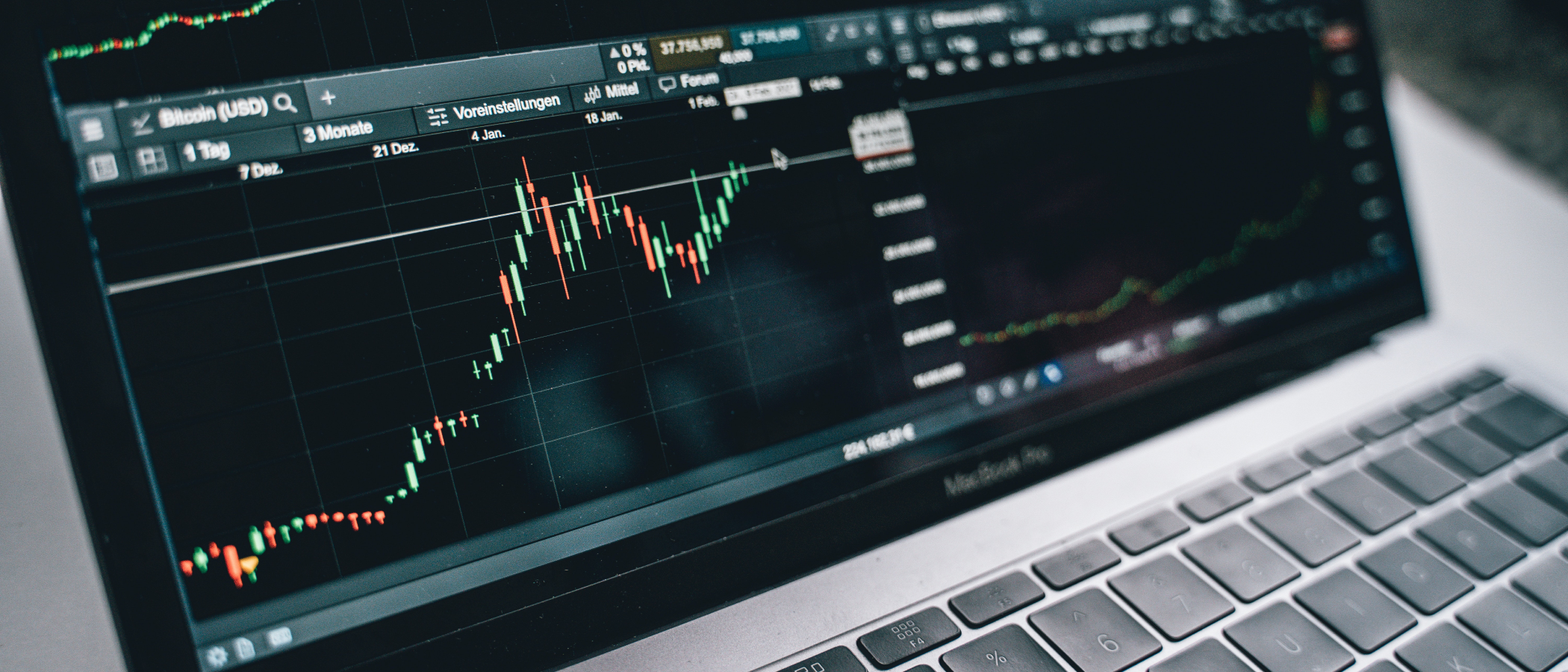What makes convertible bonds attractive?
The main advantage of convertible bonds is that they provide both exposure to equity markets and some level of downside protection.
A convertible bond is made up of a bond component and an optional component whose predefined characteristics enable the holder to redeem in shares at a predetermined price. The closer the share price gets to this set price, the more the convertible bond price moves in line with the share price. On the other hand, if the share price drops, the convertible bond price decorrelates from the share price and tends towards its redemption value.
Currently, all other things being equal, a 20% rise in the share prices of the convertible market index, the Refinitiv Global Focus Hedged[1], would imply a 10.1%[2] rise in the price of convertible bonds, while a drop of the same magnitude would only trigger a downside of 6.2%. This intrinsic asymmetry, linked to the convexity of convertible bonds, is a quality that investors are particularly looking for in an uncertain environment.
Why is the current environment favorable for convertible bonds?
It took a global pandemic and a war in Europe for inflation to make a comeback and put an end to almost two decades of accommodating monetary policy. This environment of high interest rates is set to persist, driven in particular by more structural trends such as the fight against climate change and business relocations.
This new environment represents a paradigm shift for the convertible market, for several reasons:
- During the period of low interest rates, companies turned to the bond market for their financing needs. But in the current environment, many of them are looking for alternatives to lower their financing costs. This is made possible by convertible bonds, which offer an average coupon 2.3% lower than that of conventional bonds – an advantage that should boost the primary market and renew the universe.
The year 2023 already bears witness to this change, as the structure of new issuers has evolved significantly, with a strong diversification in terms of both sector and credit quality. As an example, nearly a third of issues came from Investment Grade issuers in 2023, compared with just 6% in 2021.
For the investor, this diversification broadens the range of investment choices. - The high interest-rate environment was also an opportunity to return to a convertible bond universe with a positive yield-to-maturity. So, barring a credit crunch, holding convertible bonds until maturity may generate a positive return even in the case of an unfavorable scenario on the equity and bond markets.
- The final factor to consider is that valuation has returned to particularly attractive levels, especially in Europe where volatility has hit an all-time low. In practice, for convertible bonds with a bond profile (a low equity sensitivity), this means a higher yield than conventional bonds for an identical issuer and maturity.
How can investors integrate convertible bonds into their portfolios?
Convertible bonds offer an alternative to equity markets, providing equity exposure while benefiting from specific favorable factors: positive yield to maturity, valuation, performance asymmetry and a dynamic primary market.
Candriam's historical expertise in convertible bond management is based on in-depth bottom-up research integrating ESG criteria on two essential components of the convertible bond: the credit component and the equity component.
Drawing on the expertise of our 22 equity analysts, 15 credit analysts and 17 ESG analysts, the investment team seeks to select the most attractive convertible bond profiles and to offer a highly convex portfolio, particularly attractive in the current environment.
The most significant risks associated with investing in the convertible bond strategy are :
- Risk of capital loss
- Equity risk
- Interest rate risk
- Credit risk
- Emerging countries risk
- ESG investment risk
This list is not exhaustive, and more details on risks associated with investing in this strategy are available in the regulatory documents.
Warning:
This document is an advertising communication. It is provided for information purposes only and does not constitute an offer to buy or sell financial instruments, an investment recommendation or the confirmation of any type of transaction, unless expressly agreed otherwise. While Candriam carefully selects the data and sources contained in this document, there is no guarantee a priori against errors and omissions. Candriam cannot be held responsible for any direct or indirect loss resulting from the use of this document. Candriam’s intellectual property rights must be respected at all times; the content of this document may not be reproduced without prior written authorisation.
Please note: past performance, simulations of past performance and forecasts of future performance of a financial instrument, index, strategy or investment service are not indicative of future performance. Gross performance may be influenced by commissions, fees and other charges.
Performance expressed in a currency other than that of the investor's country of residence is subject to exchange rate fluctuations, with a negative or positive impact on gains. If this document refers to a particular tax treatment, such information depends on the individual situation of each investor and may change.
The investor bears a risk of capital loss.
Information on sustainability aspects: the information on sustainability aspects contained in this communication is available on the Candriam website https://www.candriam.com/en/professional/sfdr/.
[1] Main index for convertible bonds
[2] Data as of Feb 07,2024. Source: Bloomberg, Candriam.
